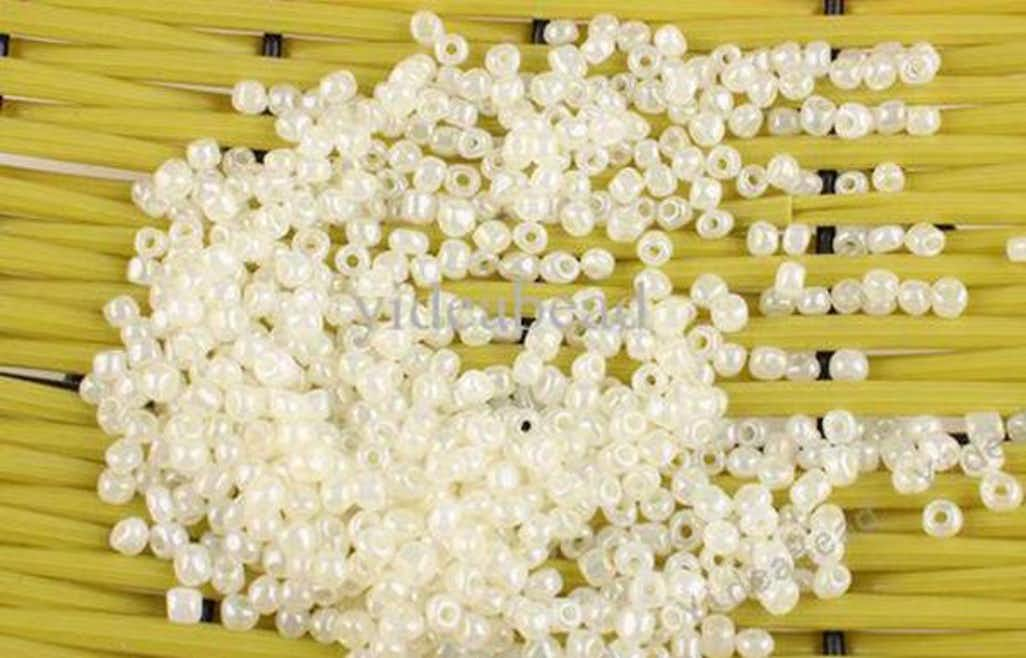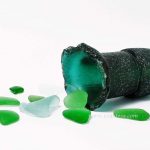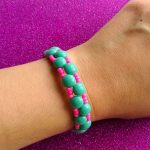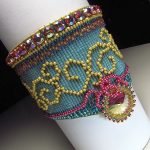It may be a present for your household, for pals or possibly a colleague who’s done an extraordinary thing for you. It’s essential and it’s a wholehearted thing, however, where did it originate from? Is it handmade or is it phony? If it’s phony, could you inform?
Although we in some cases consider approved our gifted craftspeople, it’s essential to understand that there are hazards to their extremely incomes. Much of the issue originates from phonies. The marketplace for numerous Native arts has actually been flooded for many years with phonies and knock-offs, and bead-work is no various. For the last couple of years, the craftspeople who earn a living off of bead-work have actually needed to compete with competitors from non-natives and from overseas. Identifying these phonies and understanding why it’s crucial to call them out is just part of the service. Understanding what to do and after that acting is crucial.

Even if you purchase from a pow wow, it’s not constantly ensured that the bead-work you get will be genuine. No matter how watchful you are, if you roll it over in your hands, look it up and down, it’s often difficult to inform just what you’re purchasing. Numerous phonies merely look convincing. AAA Native Arts, a site dedicated to offering native arts, states that bead-work is frequently imported from China and Taiwan. Still, other issues exist with non-Natives offering replicas or art “motivated by” Native crafts, oftentimes unlabeled as such. This can be an issue for the wider Native neighborhood.
A fast search online for “replica native American bead-work” raises 14,300,000 outcomes on Google.com and comparable numbers on another online search engine. Searching for “replica native American headdress” gets 10.3 million outcomes. A search for “native American outfit” webs practically 4.4 million outcomes. Practically none of the pieces look rather as excellent as something you ‘d obtain from a cousin or from among our competent senior citizens, it’s missing out on something vital. One of the most essential elements of Native bead-work, something that fabricates absence, is its deep cultural worth. A lot of us can recognize a buddy or relative who beads. One such individual is Cynthia Parrott from Washington State. A junior at the Tacoma School of the University of Washington, Cynthia has actually been dealing with beads for many years. She began dealing with beads in 5th grade after seeing her mom for several years, stating”it was either this or weaving.”It’s a household matter as much as it is an individual one.
Parrott likewise raises a 2nd crucial element of bead-working: sustaining their households and themselves.”In college, all of us require money, so my bead-work is the method I make money, “states Parrott,” it’s my own little organization”. For this factor, she’s acutely familiar with the phonies and deceptive Native crafts that flood the marketplace from time to time.”My craft is mass-produced in Guam and is brought here,” Parrott includes, “I believe it is so ill-mannered and there is no other way we can take on these rates.” In order to assist stem this tide, the United States Congress passed the Indian Arts and Crafts Act of 1990. This act sets out to produce requirements for labeling and representation.
It sets clear limitations on who can call their art Native, how they can identify it when they offer it, and who precisely has the ability to gain from this defense. The factor was completely cultural: bead-working and numerous other crafts can be traced back centuries, well prior to Columbus landed here. Beads, for instance, initially began as little stone, shell, clay, bird bones or the leg bones of little animals. Pre-Columbian archeological websites typically consist of beads of all sorts. Safeguarding this art is crucial to guarantee the extension of a plethora of Native cultures. Obviously, this act did not produce a series of representatives trolling pow wows and craft fairs in Brooklyn for phony Native crafts, so what do you do if you believe what you’ve purchased or what a dealership is offering is a phony?
You get in contact with someone!
In order for it to be effective, it needs a mindful population calling out products they believe of being phony or artists offering Native art that they believe might not be Native. To that end, the Indian Arts and Crafts Act of 1990 requirements you to be efficient! The law permitted the development of the Indian Arts and Crafts Board.
This board is entrusted with oversight of enforcement and reporting and is the location you bring grievances and reports of infractions. It likewise has quick reports, examples of offenses and details sales brochures for you to download at its site: iacb.doi.gov. To secure our culture we require to be knowledgeable about what we’re trying to find and what to do if we discover it:
iacb.doi.govThe issue is clear and the option exists. Now let’s find a solution for it!




I didn’t realize this was such a problem and brings me to a question. I am only 1/16 Cherokee and have to learn and get patterns from publications since none of my family beads (and most of them have passed). Should my work be considered authentic native or a knockoff since I’m only 1/16? I don’t ever want to take anything from the Indian heritage we are trying desperately to hold on to.
Thank you,